097 CD / Gaede Trio: Beethoven, Eisler & Ysaÿe
Description
Thomas Selditz, viola player of the Gaede Trio, gave me a call. He was very excited and told me they had found a string trio written by Eugène Ysaÿe. It would take a certain time to play it, because there was no score, only an edition in handwritten parts, neither dynamic nor phrasing marks... And here it is: The posthumous string trio of Eugène Ysaÿe, written in 1927, together with Beethoven op. 8 and two pieces by Hanns Eisler. (A. Spreer)
10 reviews for 097 CD / Gaede Trio: Beethoven, Eisler & Ysaÿe
You must be logged in to post a review.
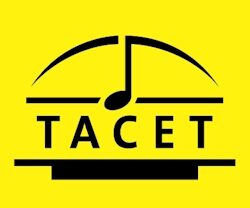
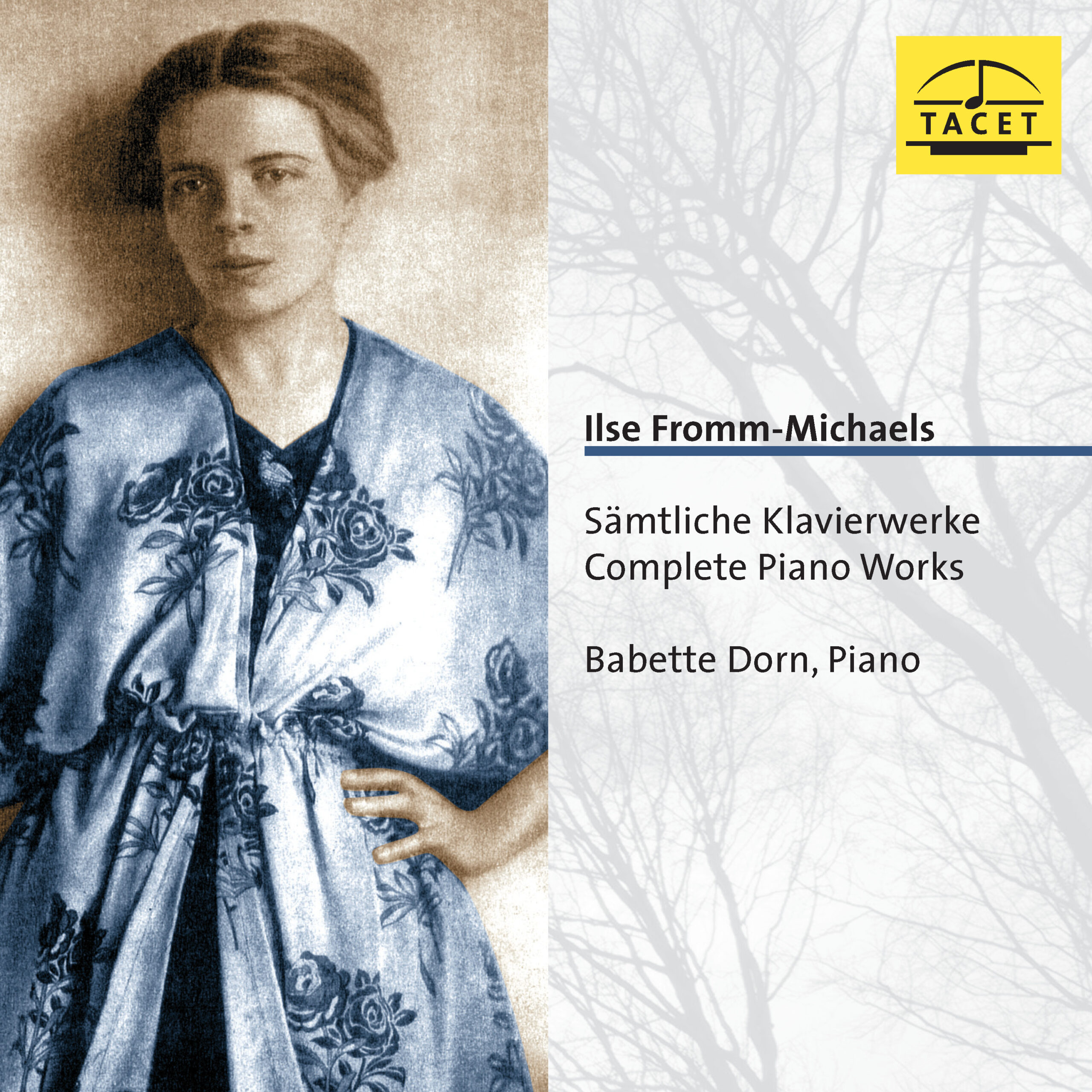
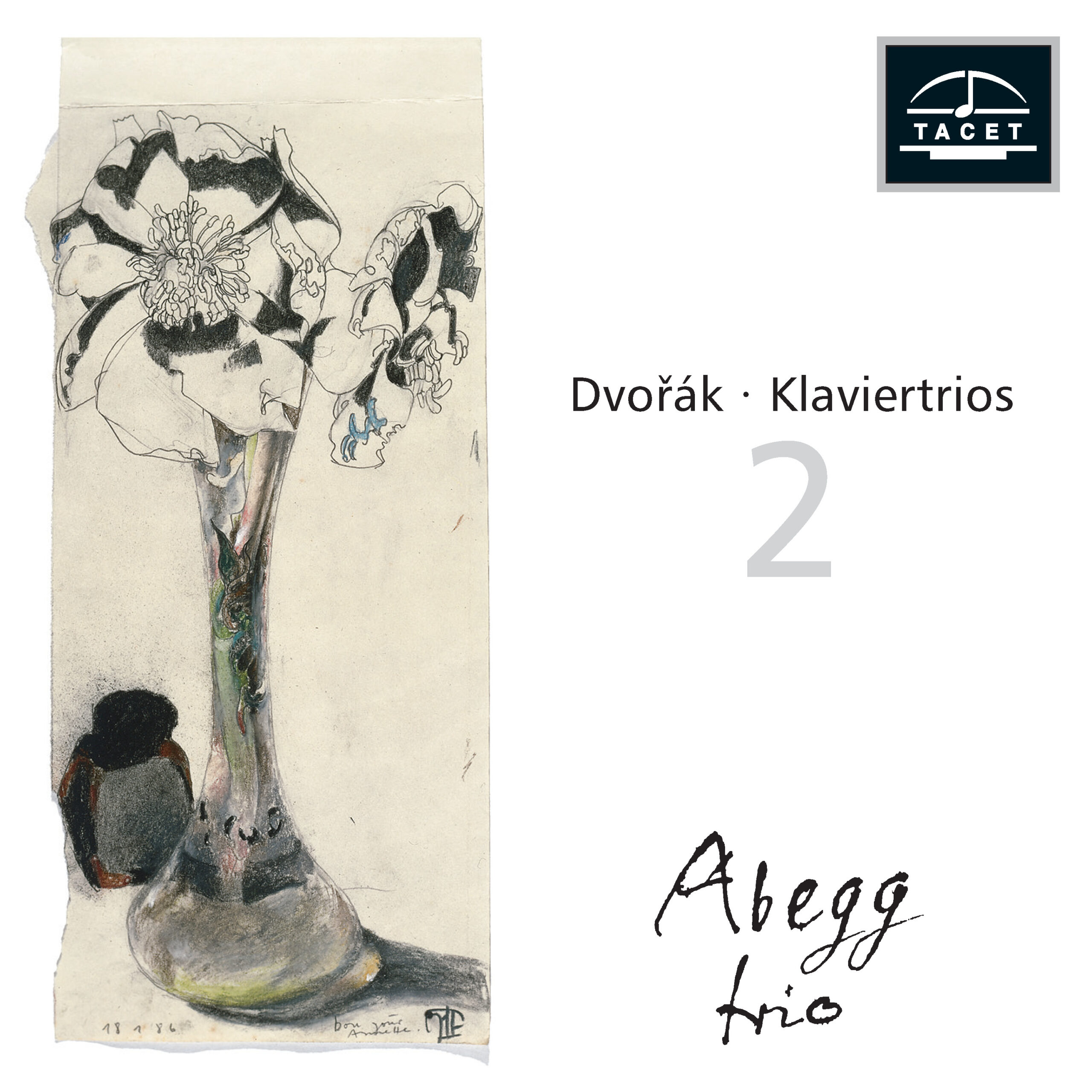
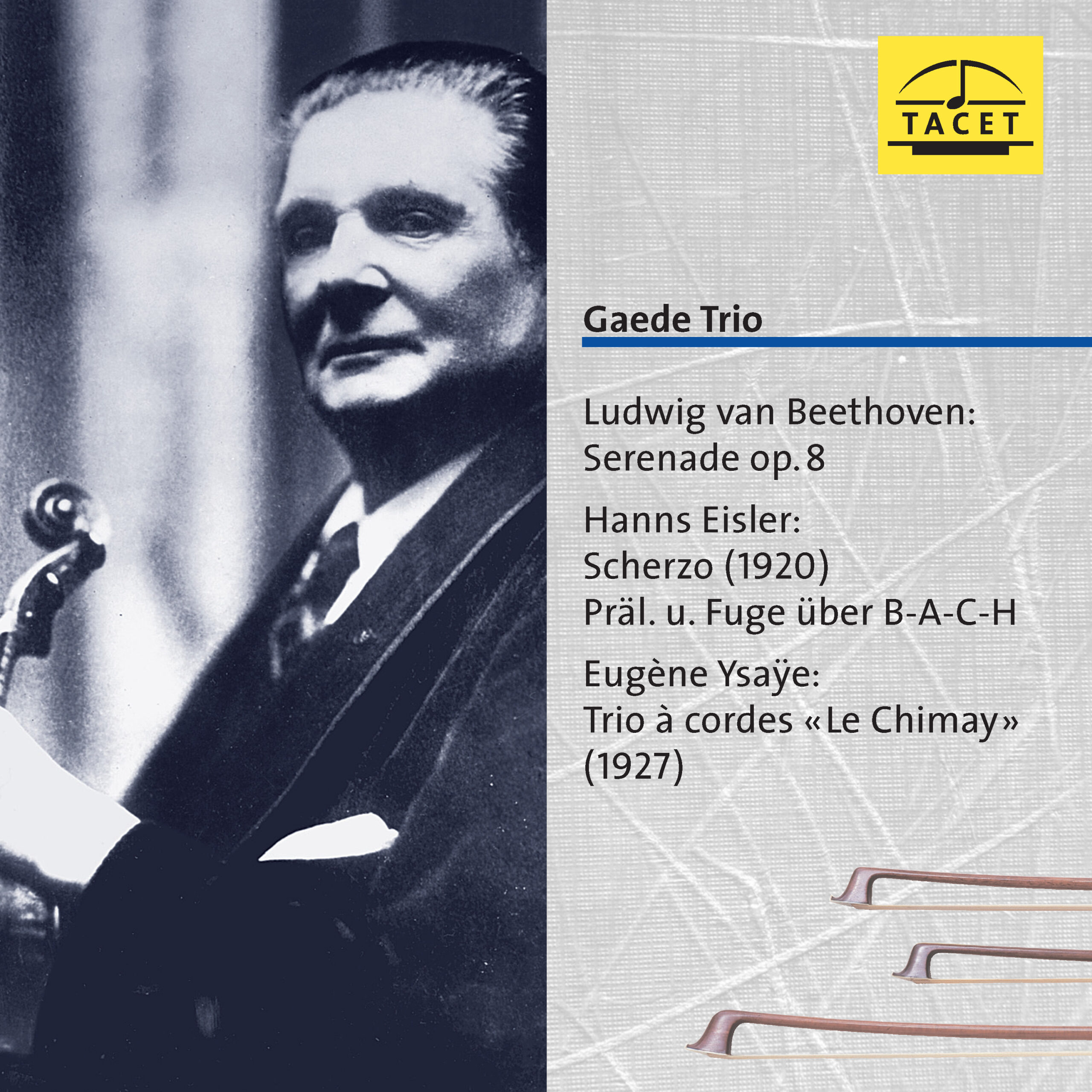
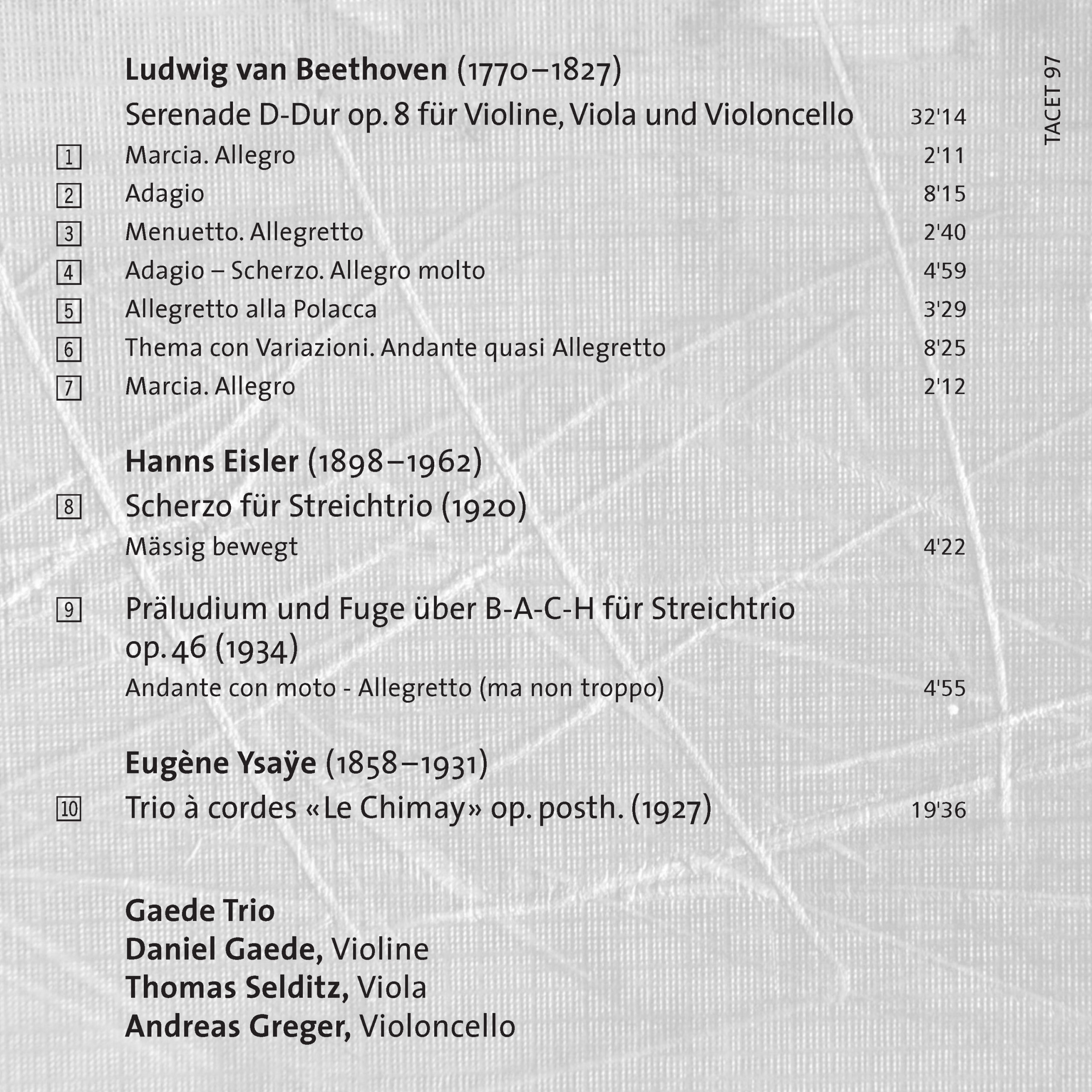
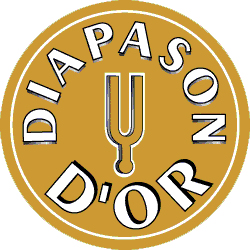
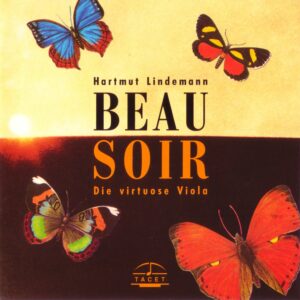
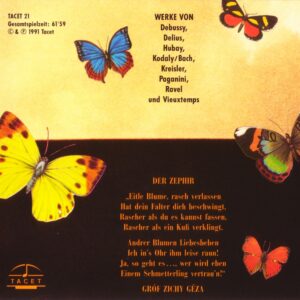
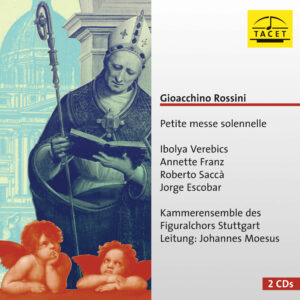
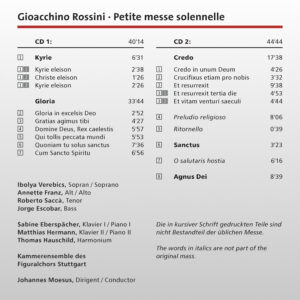
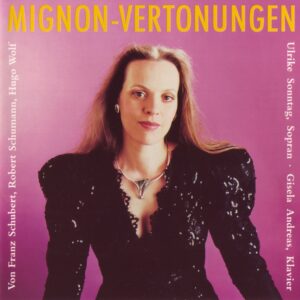
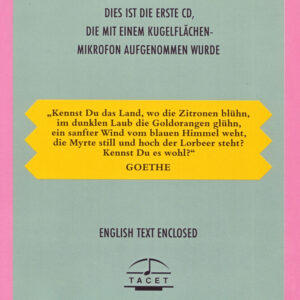


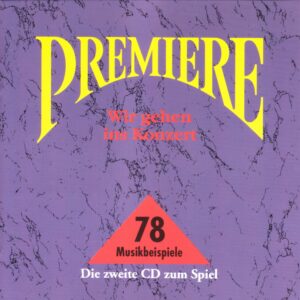
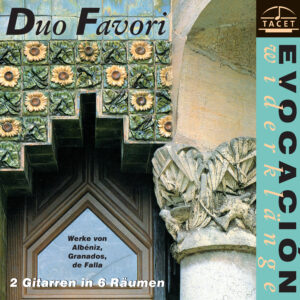
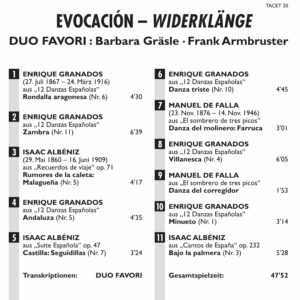
Répertoire –
Apart from the Trio à cordes Français under Gérard Jarry and the Trio Pasquier, few string trios have managed to make a name for themselves. True, the repertoire available for this formation is less extensive than that for violin, cello, and piano, but its rarity is precisely what makes it so interesting. The curiosity of the excellent Gaede Trio has already allowed us to combine works from the great repertoire (Mozart, Beethoven, Schubert) with lesser-known and rarely recorded pieces such as the trios by Albert Roussel or by Dohnányi and Schnittke.
Following this recital principle, the Gaede Trio delivers a wonderful recording today. Of Beethoven’s Serenade Op. 8, we previously had mainly the excellent Archibudelli (Sony) and two high-caliber “historical” recordings: Goldberg/Hindemith/Feuermann (EMI “Références,” deleted, or Pearl) and Heifetz/Primrose/Piatigorsky (RCA “Heifetz Collection,” deleted). The very classical version offered by the young German trio is somewhat reminiscent of the ensemble led by Arthur Grumiaux (Philips “Arthur Grumiaux Edition” Vol. 8, deleted), with supreme elegance, rare instrumental refinement, tempered tempi, and superb phrasing. In doing so, they bring the work closer to the Viennese 18th century to which it undeniably belongs. The Gaede Trio gives a magnificent interpretation, which some may find a little too polished, but which impresses through its balance and simple, restrained beauty.
The two pieces by Eisler (see Kammerensemble Zürich, Accord) and the world premiere recording (to my knowledge) of Ysaÿe’s sublime Chimay Trio had little competition and were highly deserving of such an outstanding ensemble. Eisler wrote his Scherzo in 1920, still strongly influenced by Schoenberg’s teaching. The Prélude et Fugue sur le nom de Bach, composed in Paris in 1934 for a “pedagogical” purpose (in Eisler’s own words), is freer and more flexible, demonstrating that twelve-tone music need not always be austere. A successful endeavor, especially as the Gaede Trio emphasizes its sonic beauties (the fugue statement, with its haunting mystery…).
Listeners of this remarkable recording will be amazed to discover the modernity of Ysaÿe’s late (1927) trio, very “Viennese School,” very Nuit Transfigurée, a true masterpiece whose absence from the catalog is surprising, given this singular success that reconciles the great Franco-Belgian school with the young Schoenberg. The Gaede Trio delivers a focused, vibrant interpretation that leaves the listener deeply moved. Highly recommended.
Philippe Simon
________________________
Original Review in French language:
Hors le Trio à cordes Français de Gérard Jarry et le Trio Pasquier, rares sont les trios à cordes constitués qui réussirent à se faire un nom. Certes, le répertoire alloué à cette formation est moins riche que celui pour violon, violoncelle et piano, mais s′il apparaît diffus c′est justement sa rareté qui en fait l′interérêt principal. La curisité de l′excellent Gaede Trio nous a déjà d′ailleurs permis d′associer quelques pièces du grand répertoire (Mozart, Beethoven, Schubert) à des pages moins connues et enregistrées comme le Trio d′Albert Roussel ou ceux de Dohnányi et Schnittke. C′est pour ce même principe du récital que les Gaede nous donnent aujourd′hui un merveilleux disque. De la Sérénade op. 8 de Beethoven, nous avions surtout les excellents Archibudelli (Sony) et deux „historiques“ de haut vol: Goldberg/Hindemith/Feuermann (EMI „Références“ supprimé ou Pearl) et Heifetz/Primrose/Piatigorsky (RCA „Heifetz Collection“ supprimé). La version très classique que nous offre le jeune trio allemand rappelle un peu celle de l′ensemble d′Arthur Grumiaux (Philips „Arthur Grumiaux Edition“ vol.8…supprimé), à l′élégance suprême, au fini instrumental rare, tempérée dans ses tempos, superbe dans ses phrases. Tirant ainsi l′œuvre vers le XVIIIe siècle viennois auquel elle appartient indéniablement, les Gaede nous en donnent une magnifique interprétation que certains jugeront peut-être un peu trop policée, mais qui impressionne pour son équilibre et sa beauté simple et sobre. Sans beaucoup de concurrence en revanche, les deux pages d′Eisler (cf. Kammerensemble de Zurich chez Accord) et la première mondiale (à ma connaissance) du sublime Trio „Chimay“ d′Ysaÿe méritaient hautement d′être graves par un ensemble aussi remarquable. Eisler écrivit son Scherzo en 1920, encore sous la grande influence de l′enseignement de Schoenberg. Plus libre, plus souple, le Prélude et Fugue sur le nom de Bach fut composé à Paris en 1934 dans un but „pédagogique“ (selon le mot même d′Eisler), afin de démontrer que dodécaphonisme pouvait ne pas toujours rimer avec froide austérité. Pari gagné!, d′autant que le Trio Gaede en accentue volontiers les beautés sonores (l′énoncé de la fugue, au mystère troublant…) L′auditeur de ce disque remarquable en tout sera très étonné de découvrir la modernité du tardif (1927) trio d′Ysaÿe, très „école de Vienne“, très „Nuit transfigurée“, et veritablement un chef-d′œvre dont l′absence au catalogue étonne en regard de cette singulière rèussite qui reconcilie la grande école franco-belge et le jeune Schoenberg. Les Gaede en donnent une interprétation concentrée et vibrante dont on sort bouleversé. Chaudement recommandé.“
Philippe Simon
Fanfare-Magazin –
Four or five technologies ago, back in the days of shellac, Beethoven′s charming Serenade for string trio was accorded, by the unrivaled team of Szymon Goldberg, Paul Hindemith, and Emanuel Feuermann, one of the greatest recordings of chamber music ever made. That their version seems to be unavailable now in any format—I certainly couldn′t find it on my shelves or in any store or catalog I tried-might be said to be lucky for the Gaede Trio.
But this Austrian-and German-based ensemble hardly needs luck, for its performances, of Beethoven and also of Eisler and Ysaÿe, are worthy to stand alongside the best ever, even though its Serenade does not quite erase Goldberg and partners from my memory. (That classic version, by the way, is not mentioned in any review of an op. 8 recording that I have found in the past ten or more years of Fanfare—maybe I am just exceptionally fortunate to have heard it.)
"The sound is superb, the program is unusual, and the playing is first-rate," concluded John W. Lambert, reviewing the Gaede′s coupling of Beethoven op. 9/1 with works by Bach/Mozart and Schnittke in 22:6, and I would say the same of this new disc. What a pleasure, by the way, to encounter a record company that offers a sensible catalog number, instead of the sesquipedalian strings of digits, hyphens, spaces, and whatnot that we usually have to cope with! (...)
Bernard Jacobson
Fono Forum –
These are extremely carefully prepared recordings, yet they carry none of the narrowness or pedantry that one might fear. The outstanding Gaede Trio seems above all to do nothing but make music, and to do so joyfully and with infectious enthusiasm; yet a moment of distance, perhaps even of disruption, is added to the absolute perfection of their ensemble and interpretation, undermining anything too smooth or flawless. This suits the character of the works recorded perfectly and leads to thrilling results…
Klassik heute –
This recording demonstrates the surprisingly wide range of sound that can be drawn from a fine string trio.
Wolfgang Wendel –
Ysaye’s string trio, although performed a few times in the 1970s, is in fact completely unknown. Thomas Selditz, the violist of the Gaede Trio, reported with understandable enthusiasm despite these early attempts that “they had unearthed a string trio by Ysaye.” It would take some time before they could play it, as there was no score, only handwritten parts. The work makes breathtaking demands, and none of the three performers is spared more than the player of one of the famous solo violin sonatas.
In this recording, the string trio emerges as a true musical gem. Were one unaware of the composer, listening would undoubtedly leave one disoriented. Its texture and color move between late Romanticism, Impressionism, and the Schoenberg circle. Only the concluding Presto stretto seems to quietly reference the 19th century. The Gaede Trio approaches this rediscovered piece with the intensity, care, and expertise familiar from their Schnittke and Dohnányi recordings. Captivating!
In Beethoven’s D major Serenade Op. 8, they eschew all flashy tricks in favor of a chamber-musical density and an introspective atmosphere. For some listeners, at least initially, the comparatively vibrato-light playing and the lean, even austere tone may seem disconcerting. Yet with prolonged listening, one becomes aware of the successful balance achieved between the Serenade’s intrinsic character and the intensity of the performance. Here there is no perfume of sound.
Wolfgang Wendel
MDR Kultur –
An absolutely thrilling recording by the young Gaede Trio has been released on the TACET label… A compilation not imposed by any thematic idea, but deliberately highlighting the individual character of the three very different compositions… All of this is presented with such intelligence, a keen sense of sound, and sensitivity that I am completely enthralled… Of course, I can only offer you a taste here—the ending of Ysaye’s string trio—but I hope it whets your appetite enough to want to hear the entire recording.
Ingeborg Allihn
The Strad –
Eugene Ysaye wrote two string trios, the published Trio de concert op. 19 for two violins and viola and the work on this disc, written in 1927 for the orthodox line-up but never published. It is gorgeous. Late Romantic effusion in one movement, lasting 20 minutes and full of stirling effects with an exhilarating ending... I have enjoyed previous CDs by the young Gaede Trio...and this one keeps the standard, being as beautifully recorded as the others. The three players have similar ideas on tone production and produce a splendid sinewy sound, heard to great advantage in the rendering of Beethoven′s Serenade which opens the programme.
Tully Potter
Diapason –
Little known in France, the Gaede Trio (Daniel Gaede, Thomas Selditz, Andreas Greger) delivers here a remarkable disc. First of all for the choice of works, pairing Beethoven’s famous Serenade with two rarer pieces by Eisler, and above all a nearly never-performed page by Ysaye. Equally remarkable is the flawless execution; in Beethoven’s Op. 8, traditional Viennese elegance (Daniel Gaede is concertmaster of the Vienna Philharmonic) coexists perfectly with baroque-inspired currents. With an innate sense of contrast and extremely subtle tone, the musicians inhabit each movement with as much grace and poetry as mischievousness.
Their reading of the two pieces by Eisler is perfectly clear and pays tribute to the logical, impeccable writing of this Schoenberg pupil. The surprise comes with the astonishing interpretation of Ysaye’s 1927 trio (apparently a first recording). A single, continuous score, never published, it demands from all three soloists the same level of virtuosity as the famous solo violin sonatas (from the same period)! While it has long been known that Ysaye was an extraordinary violinist, endowed with exceptional tone and technique that earned public admiration, his legacy as a composer—known mainly to violin enthusiasts—could hardly have suggested such mastery and inspiration.
The work fascinates from beginning to end; one can detect influences from the Vienna School, some harmonies reminiscent of late Fauré, but above all it possesses an extraordinary personality. The more one listens, the more incomprehensible its neglect appears—if not for the fact that its prodigious difficulty makes it accessible only to top-level virtuosos. The Gaede Trio dazzles with both intelligence and mastery. A must-hear, and quickly!
Jean-Michel Molkhou
___________________________
Original Review in French language:
Méconnu en France, le Trio Gaede (Daniel Gaede, Thomas Selditz, Andreas Greger) signe ici un disque remarquable. Tout d′abord par le choix des oeuvres, qui adosse à la célèbre Sérénade de Beethoven deux pièces plus rares d′Eisler, et surtout une page d′Ysaye quasiment jamais jouée. Remarquable aussi pour sa réalisation irréprochable; dans l′Opus 8 beethovénien peuvent ainsi cohabiter en parfaite intelligence élégance traditionnelle viennoise (Daniel Gaede est violon solo de la Philharmonie de Vienne) et courants d′inspiration baroque. Forts d′un sens inné des contrastes et de sonorité très subtils, les musiciens habitent chaque mouvement d′autant de grâce et de poesie que d′espièglerie.
D′une parfaite lisibilité, leur lecture des deux pièces d′Eisler rend hommage à l′écriture logique et sans bavure de cet élève de Schönberg. La surprise vient de l′interprétation, stupéfiante, du trio composé en 1927 par Ysaye (sauf erreur une première au disque). Partition d′un seul tenant, jamais éditée, elle exige des trois solistes le même niveau de virtuosité que les célèbres sonates pour violon seul (elles datent de la même époque)! Si l′on savait de toujours que l′homme avait été un violoniste hors pair, doué d′une sonorité et d′une technique exceptionnelles qui lui valurent l′adoration du public, son legs de compositeur, essentiellement connu des passionnés de violon, ne pouvait laisser supposer une telle maîtrise et un tel niveau d′inspiration. L′oeuvre fascine de bout en bout; on y distingue certes quelques influences de l′école de Vienne, quelques harmonies du Fauré tardif, mais elle est surtout d′une formidable personnalité. A mesure qu′on la réécoute, son oubli paraît de plus en plus incompréhensible, si ce n′est que sa prodigieuse difficulté ne la rend accessible qu′à des virtuoses de très haut niveau. Le Trio Gaede éblouit par son intelligence comme par sa maîtrise. A découvrir, et vite!“
Jean-Michel Molkhou
Stuttgarter Zeitung –
Soul Trip into Unexplored Realms
… Unfortunately, the string trio as a genre has always lingered in the shadow of the dominant string quartet, and established ensembles of this type are rather rare, not least because of the limited repertoire. Yet what can happen when three musicians of the caliber of Daniel Gaede (violin), Thomas Selditz (viola), and Andreas Greger (cello) come together, approaching the music with a level of intensity and technical precision that rivals any world-class quartet, is truly extraordinary. Take Ludwig van Beethoven’s Serenade, for instance: it is often played superficially, lightly, and pleasingly, as the title might suggest, but with little sense of the depth and subtle intellect with which Beethoven treats the serenade form here. The Gaede Trio, however, imbues this music with the seriousness and elevated character it deserves. Their tonal refinement is almost obsessive, as when they bring out the contrast between the bittersweet melody of the Adagio and the caricature-like flitting of the attached Scherzo. Even Beethoven’s relatively simple chord progressions, as in the Allegretto alla Polacca, sound in this highly reflective performance like a simplicity fully aware of itself… – The true revelation on this CD, however, is Eugène Ysaye’s string trio. Most people know Ysaye only as the composer of fiendishly difficult violin sonatas; his chamber music remains largely unknown, and this trio, until now, had never even been published. This release could change that. One might boldly claim that this trio is among the finest chamber works written this century. In its roughly twenty minutes, Ysaye takes the listener on a journey that, much like the music of Alban Berg, explores even the most hidden recesses of the soul and transforms them into sound. The expressive spectrum is staggering, spanning the bitterest sorrow to an almost psychedelic ecstasy. The work culminates in a breathtaking parforce stretto that leaves the listener both exhilarated and exhausted. And the Gaede Trio performs it with such unreserved dedication and interpretive mastery that the result is simply phenomenal.
WDR, Hörproben –
… Could it be any more beautiful? …
Jan Reichow